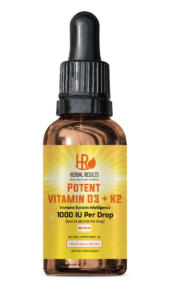

Moreover, during γ‐carboxylation process, vitamin K hydroquinone is oxidized to its epoxide. These coagulation proteins are produced in liver and played an active role in blood‐clotting cascade. Generally, these proteins are called vitamin K–dependent or Gla proteins. Vitamin K is an indispensable anti‐hemorrhagic fat soluble nutrient important for posttranslational modification of the proteins. Conclusively, fermented soybean products and fermented milk‐based products such as cheese and soured milk contain ample amount of MK‐7, whereas animal organs, meat, fish, and egg contain appreciable amount of MK‐4. However, about 10% of menaquinones are pooled in the liver out of total intake of vitamin K. Presently, MK‐7 and MK‐4 contribute about 24 and 7%, respectively, of the total vitamin K dietary intake in the population consuming fermented products regularly. Diverse concentrations of menaquinones are present in various dietary sources such as fermented pulses and milk‐based products, cheese, meat, and animal organs. However, menaquinones abundantly occurs in fermented vegetable products as menaquinones‐7 (MK‐7) and in animal‐based products as menaquinone‐4 (MK‐4). Phylloquinone is mostly found in green leafy vegetables such as kale, spinach, broccoli, and vegetable oils. Naturally, vitamin K exists in two bioactive forms mainly phylloquinone (vitamin K1) and menaquinones (vitamin K2).


 0 kommentar(er)
0 kommentar(er)
